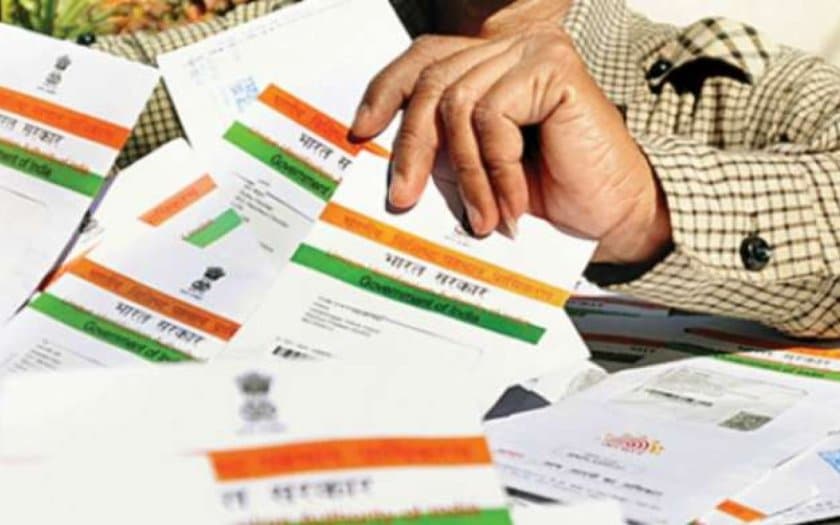The Aadhaar card, initiated in 2010 by the UPA government, is a unique identifier. Every Aadhar card has a unique 12 digit number. It was primarily introduced to make subsidy and other benefits more efficient and to avoid the leakages in those processes.
The Supreme Court had earlier announced that possessing an Aadhaar card will remain optional. Meaning, a person can choose if he/she wants his own Unique Identity number. In February, several ministries of the centre issued notifications about Aadhaar being mandatory to avail the subsidies and benefits. These include the food grain and horticulture subsidy, crop insurance schemes, and the benefits promised under the Central Government schemes such as the National Rural Livelihood Mission etc.
Latest development in this respect being the passing of the Finance Bill 2017 by the Lok Sabha, which made the Aadhaar Card mandatory for a person to file his Income Tax Returns (ITR) and also to obtain a PAN (Permanent Account Number) Card. It has also been supposedly made mandatory for exams and school admissions.
The point to be noted here is that NOT filing ITR is an offence, and, NOT having Aadhaar isn’t. So, as it were, the government is seemingly provoking its citizenry to not file ITR in case of absence of Aadhaar card with a person. This happens to be a classic case of Colourable Legislation. Colourable Legislation means, something which cant be done directly, cant be done indirectly either. In other words, this doctrine signifies the limitation of the law making powers of the Legislature. In this case, the doctrine becomes applicable since the legislation seeks to do it in an indirect manner, which it otherwise can’t to directly.
Furthermore, the decision to introduce Aadhaar Bill as a Money Bill will only increase worries all around— since the Rajya Sabha will not be able to vote on it. The matter was widely debated and is currently being heard by the Supreme Court. Given India’s huge population, Aadhaar can certainly organise the way subsidies, pensions, benefits etc. will be handled. However, this huge population itself proves to be a sort of hiccup, the probability of the identities of two different people matching was 1/112 for India’s 1.3 billion population. Andhra Pradesh reported 48% people citing Aadhaar as a reason for missing out on their subsidies. The government will have to be diligent in implementing the Aadhaar with such magnitude, considering the data of its citizens will be at stake, and owing to frequent hacking threats from Pakistan and China.
Considering the multiple drawbacks, it will have to be debated and discussed to everyone’s content before reaching any consensus. Making Aaadhaar mandatory to file taxes triggers an argument on privacy rights as well, and, the government’s argument of privacy not being a fundamental right doesn’t prove to be any better.






Very informative